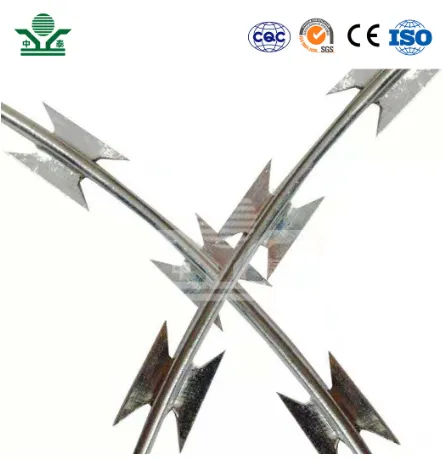Understanding the Price of SS Perforated Sheets Key Factors and Considerations
Perforated sheets are widely used in various industries for applications that include filtration, ventilation, and aesthetic design. Among the various materials available, stainless steel (SS) perforated sheets are particularly valued for their durability, corrosion resistance, and attractive finish. This article will explore the factors that influence the price of SS perforated sheets and their significance in various applications.
Material Factors
The price of SS perforated sheets is primarily influenced by the raw material itself. Stainless steel comes in various grades, each with its unique properties and price points. For instance, common grades like 304 and 316 have different alloy compositions which affect their resistance to corrosion and temperatures. Generally, 316 grade stainless steel, known for its superior corrosion resistance, is more expensive than 304 grade. Therefore, the choice of grade can significantly impact the overall cost of the perforated sheets.
Sheet Thickness and Hole Pattern
Another important aspect affecting the price of perforated sheets is the thickness of the sheet and the design of the holes. Thicker sheets require more material, which naturally leads to a higher price. Additionally, the complexity of the hole pattern can also play a role; custom designs and shapes are often priced higher than standard configurations. The size and spacing of the holes can influence the sheet's functionality, thus leading to varied pricing structures based on specific requirements.
Manufacturing Process
ss perforated sheet price

The production process for SS perforated sheets also affects their price. The two main methods of perforation are mechanical punching and laser cutting. Mechanical punching is generally faster and more cost-effective for large production runs, while laser cutting offers more precision and flexibility for complex designs but at a higher cost. The choice of manufacturing method can affect both the quality and the price of the final product.
Market Demand and Supply
Like any commodity, the pricing of SS perforated sheets is also subject to market dynamics of demand and supply. A surge in demand for stainless steel in construction, automotive, or architecture can drive prices up. External factors such as tariffs, trade policies, and global economic conditions can also affect supply chains and, consequently, the pricing of raw materials.
Quantity and Bulk Pricing
Purchasing SS perforated sheets in bulk can lead to cost savings. Manufacturers often offer discounts for bulk orders as it reduces production costs per unit. Therefore, businesses that anticipate high usage may benefit from negotiating bulk pricing deals, which can significantly lower their overall expenditure.
Conclusion
In summary, the price of SS perforated sheets is determined by a myriad of factors including the grade of stainless steel, sheet thickness, hole patterns, manufacturing processes, market conditions, and order quantities. Understanding these components is crucial for businesses and individuals looking to procure stainless steel perforated sheets, as it allows them to make informed decisions based on their specific needs and budget constraints. As industries evolve and demand fluctuates, staying informed about these elements will enable buyers to navigate the market effectively and secure the best value for their purchases.
-
Why Galvanized Trench Cover Steel Grating Resists Corrosion
NewsJul.10,2025
-
The Versatility and Strength of Stainless Expanded Metal Mesh
NewsJul.10,2025
-
Load Calculations in Steel Grating Platforms
NewsJul.10,2025
-
Keeping Pets and Kids Safe with Chicken Wire Deck Railing
NewsJul.10,2025
-
Hole Diameter and Pitch for Round Perforated Metal Sheets
NewsJul.10,2025
-
Aluminium Diamond Mesh in Modern Architecture
NewsJul.10,2025
Subscribe now!
Stay up to date with the latest on Fry Steeland industry news.

